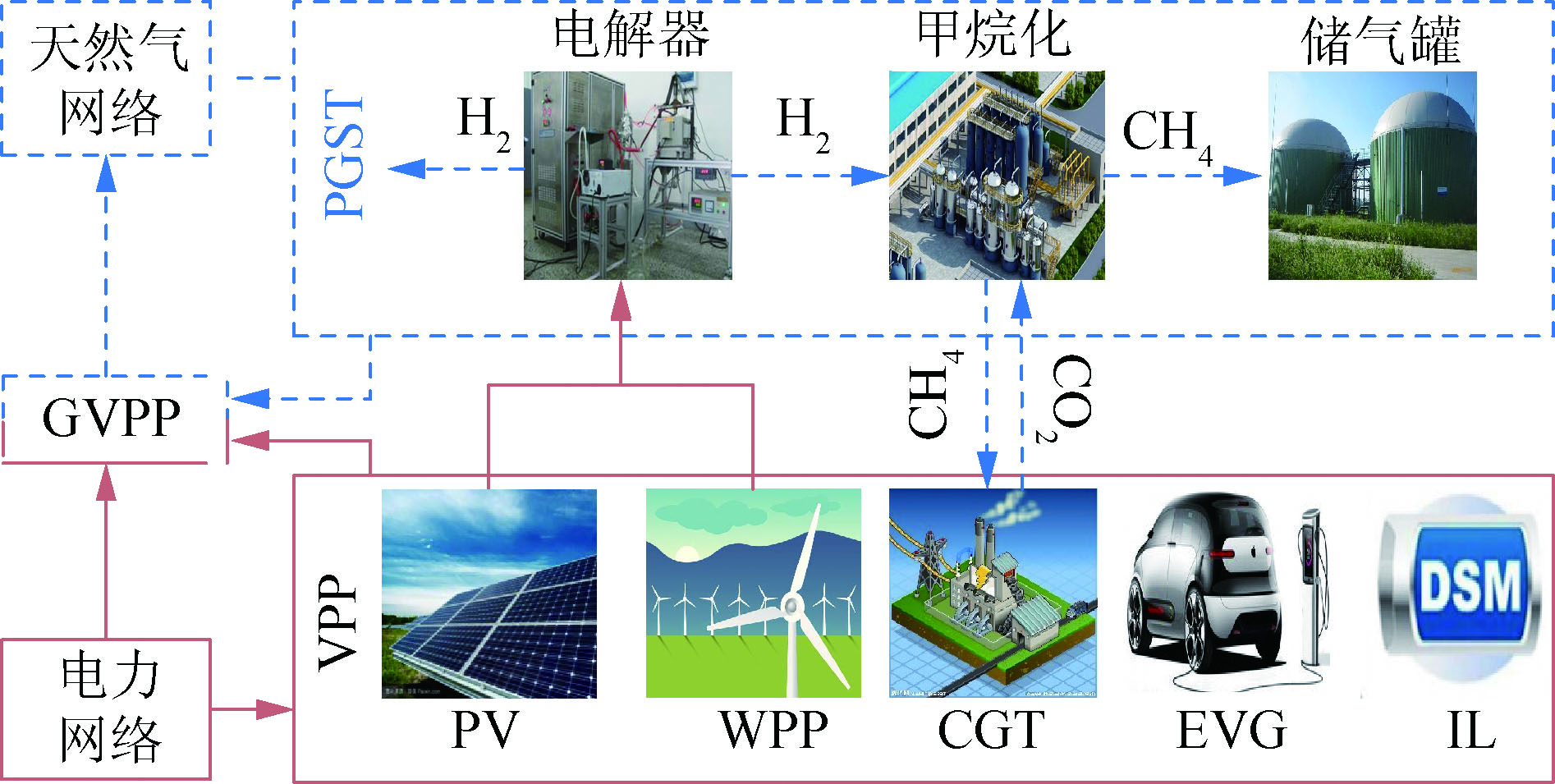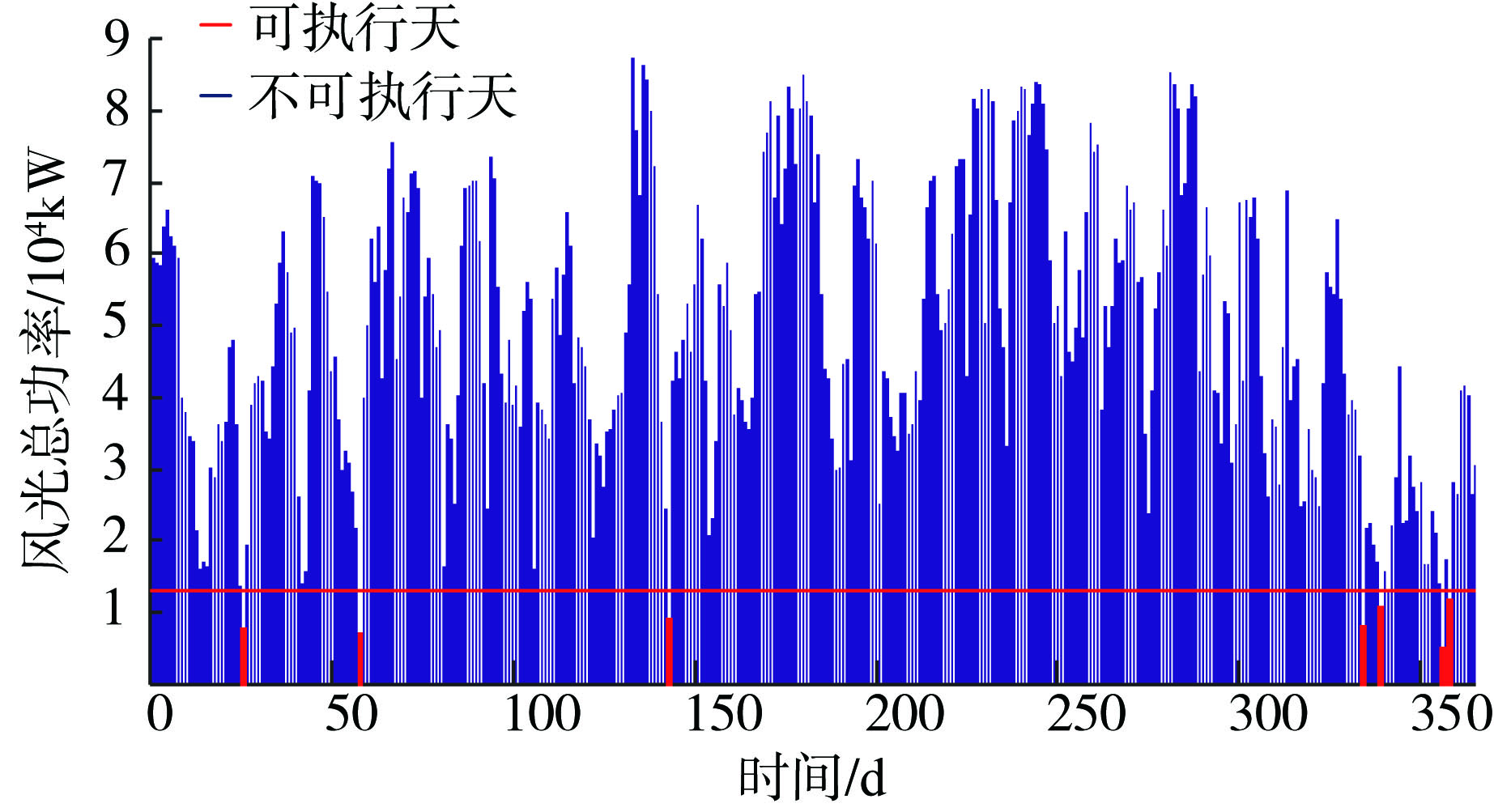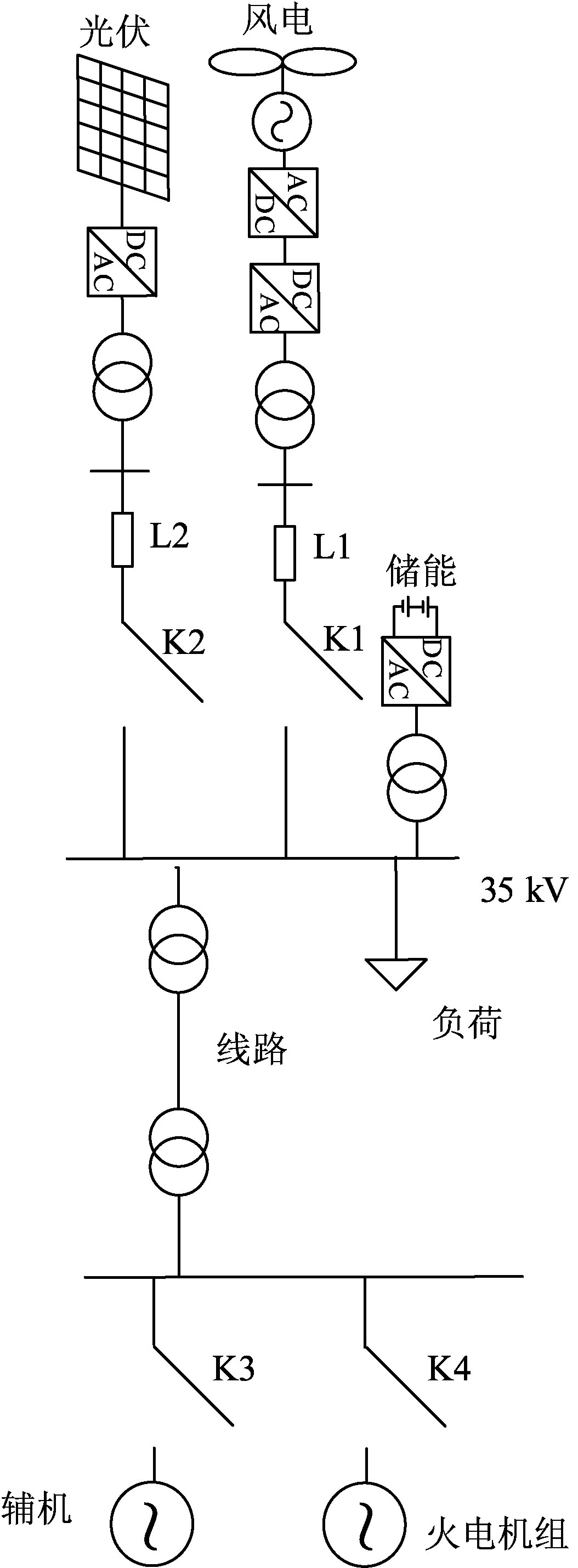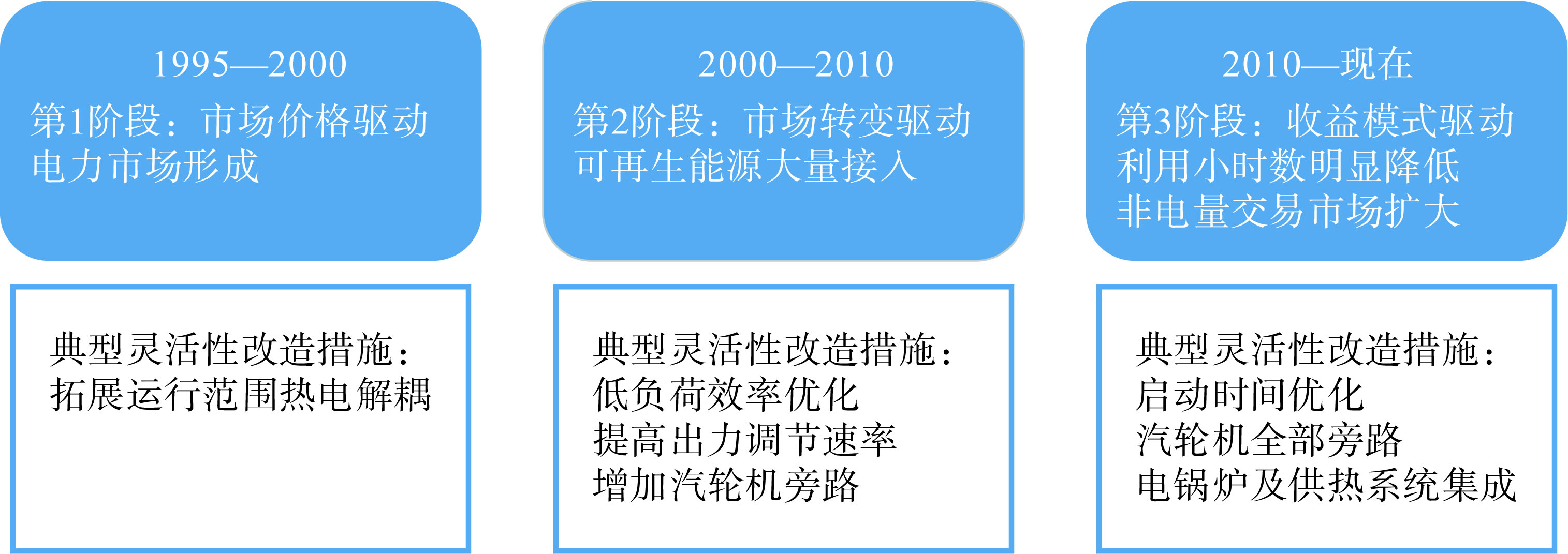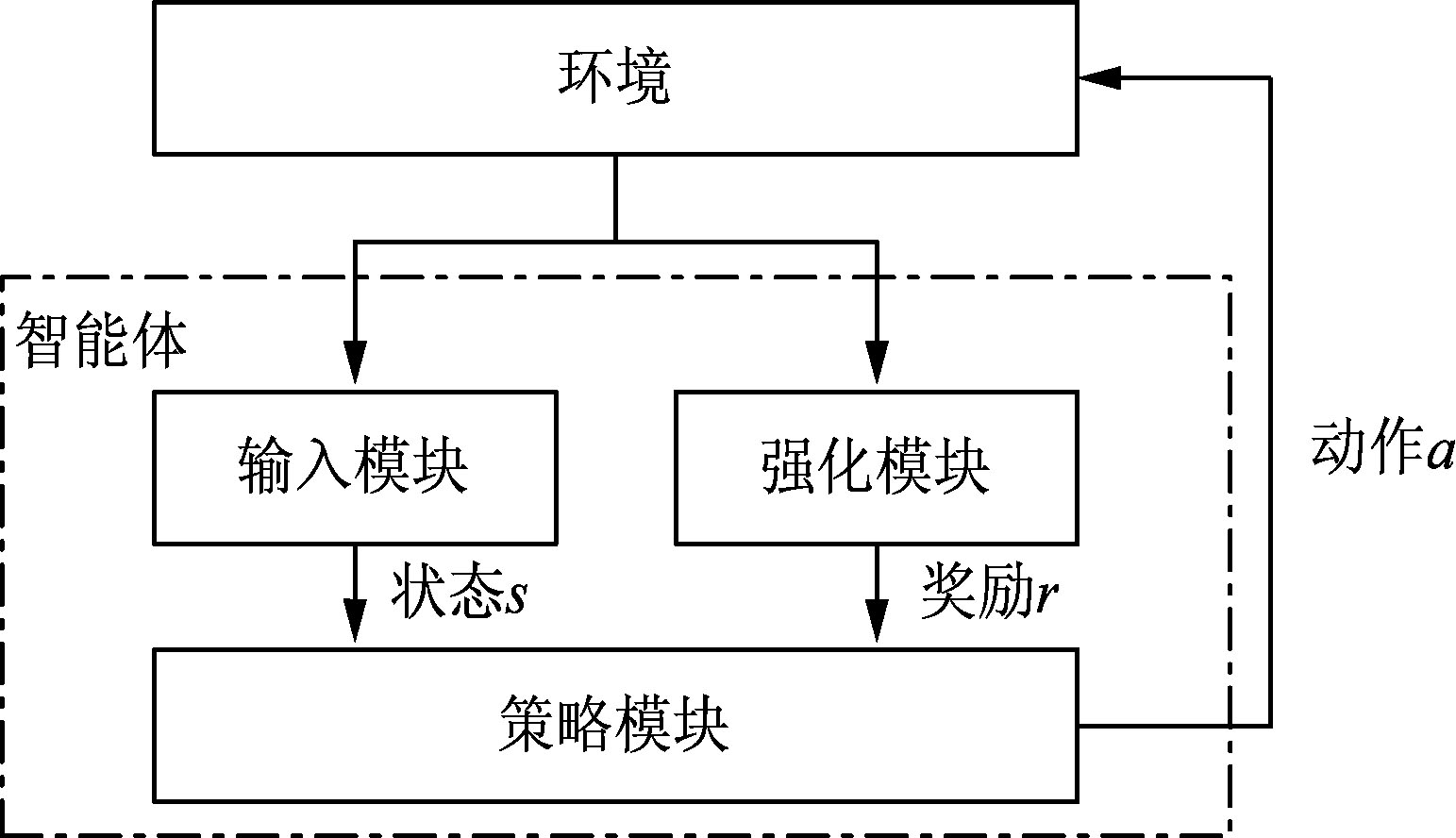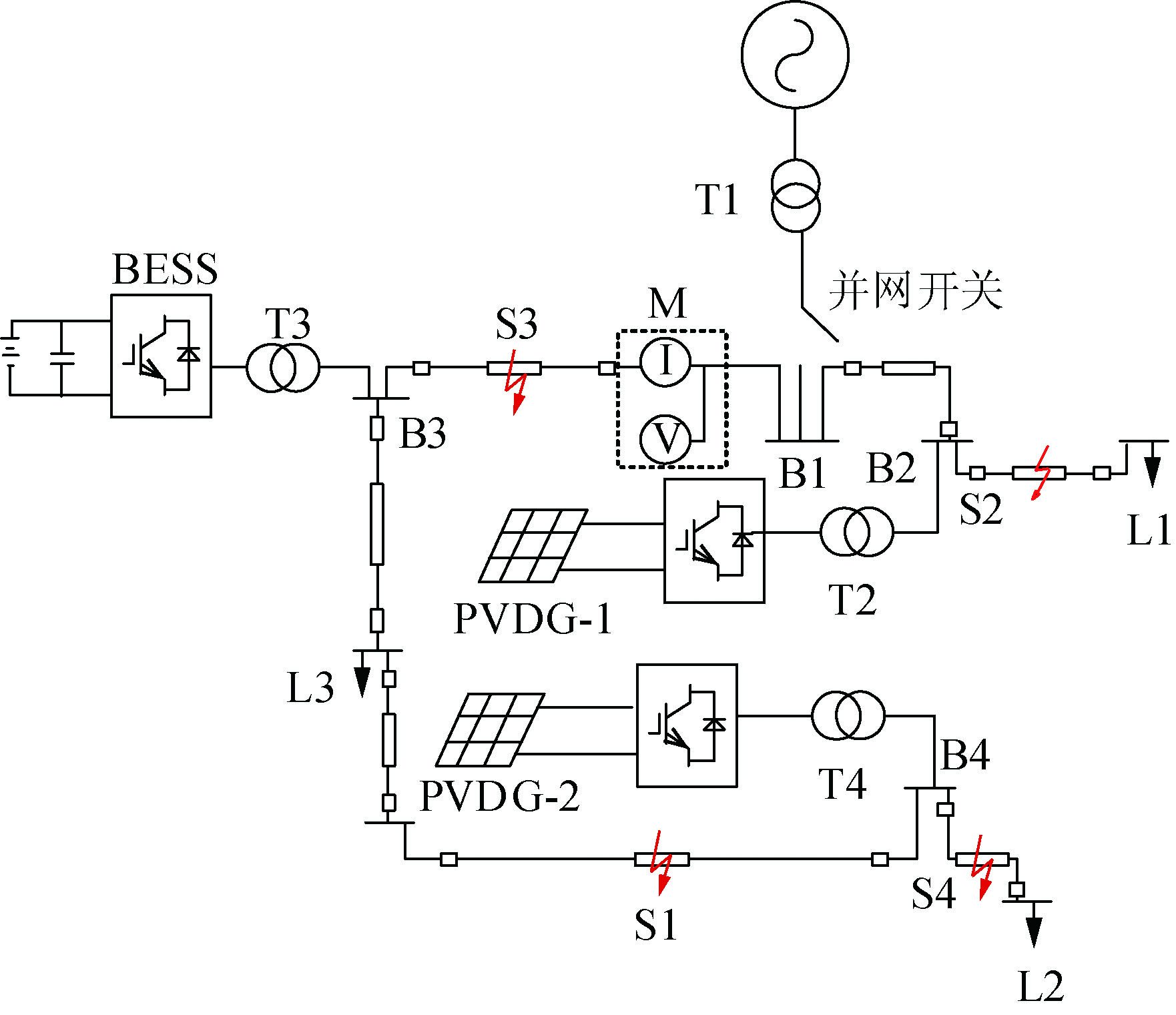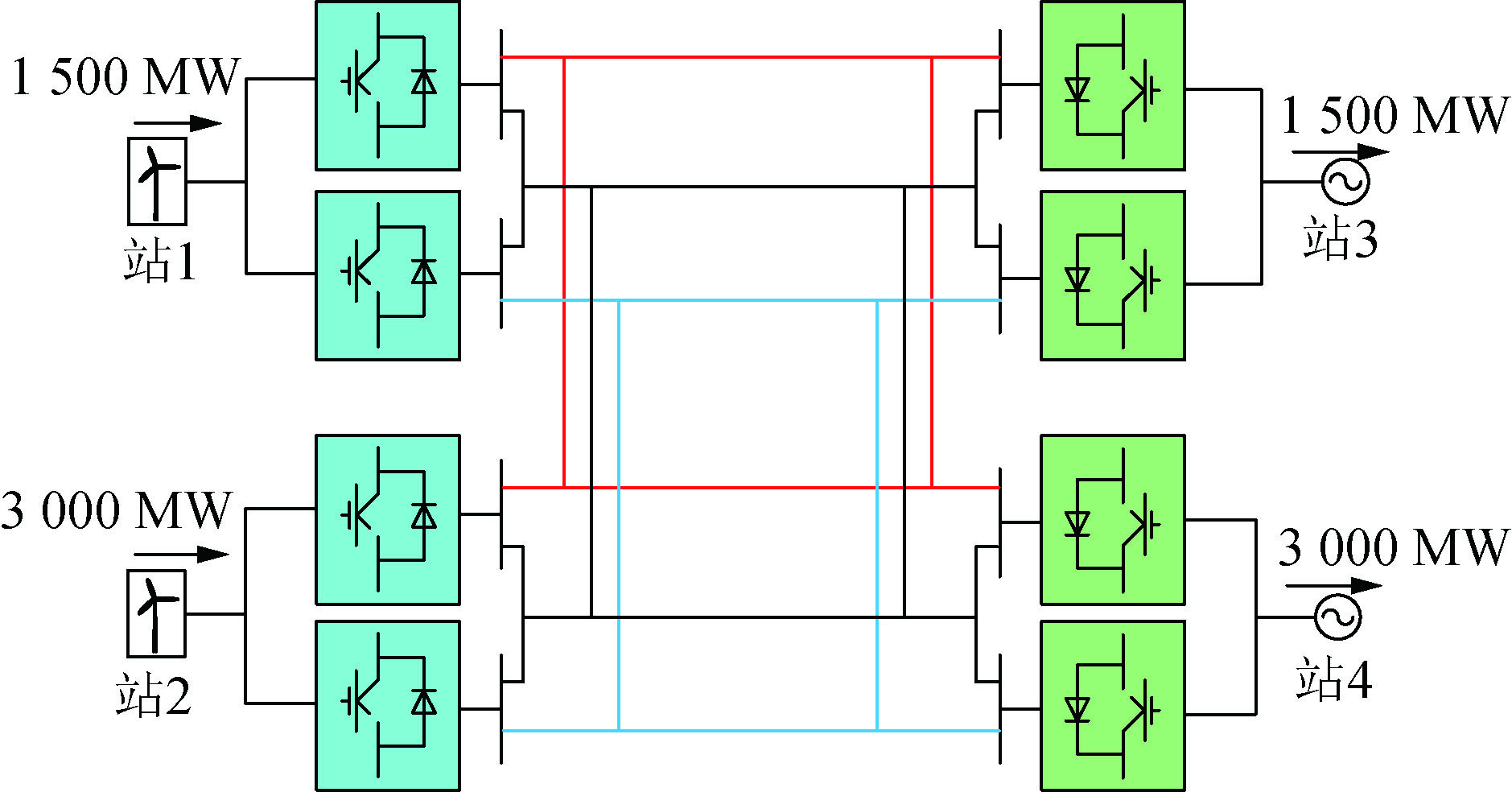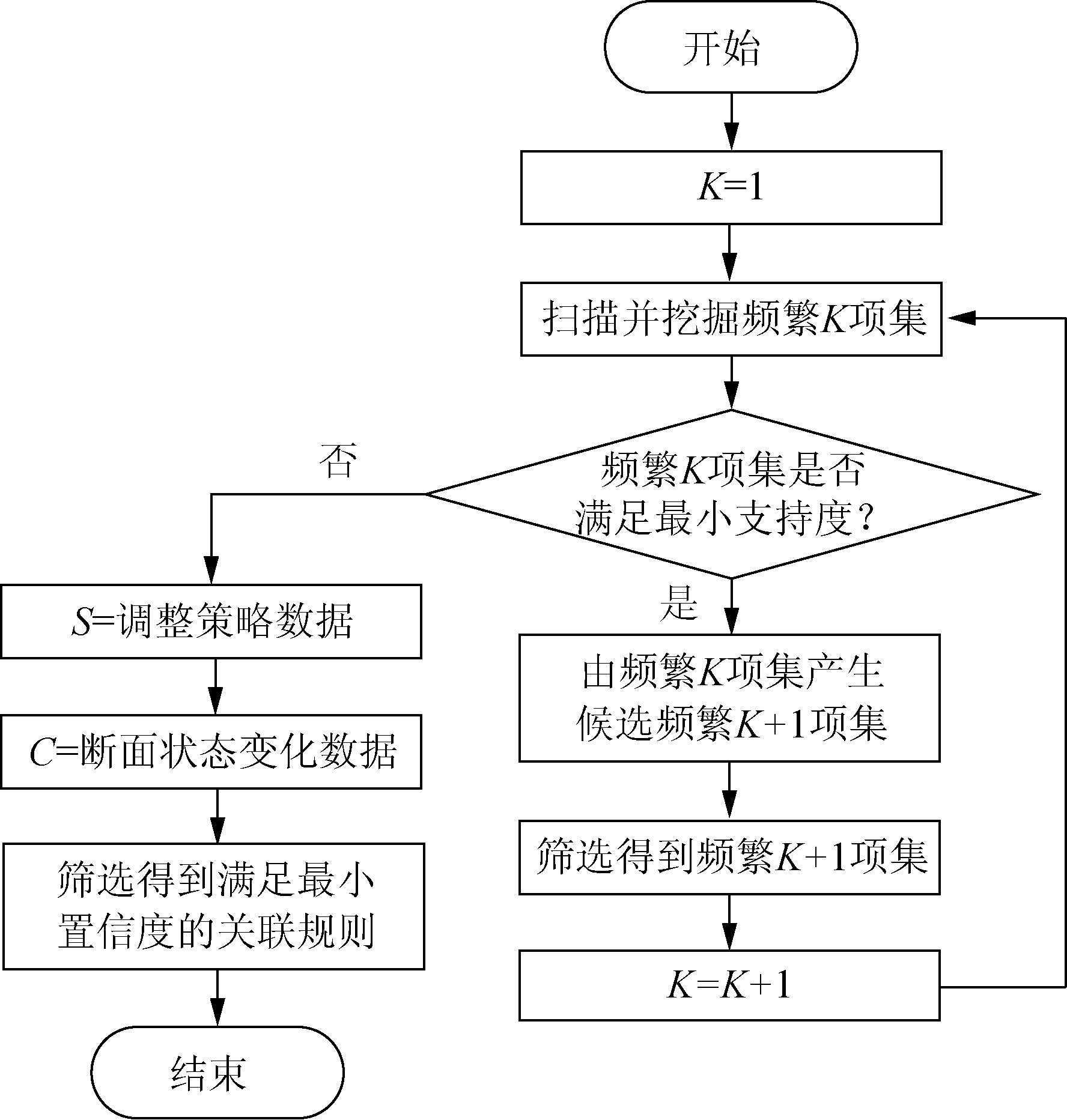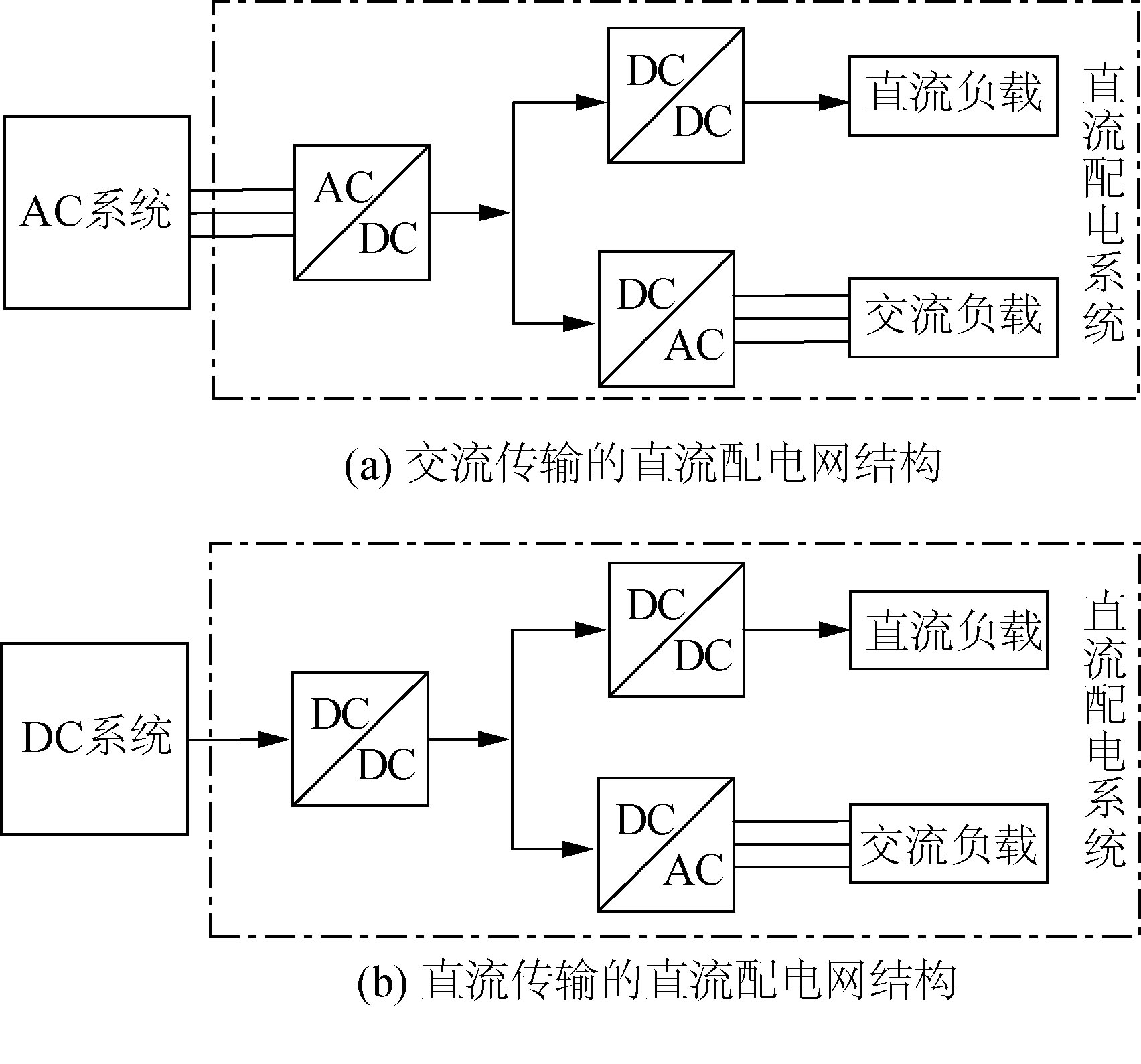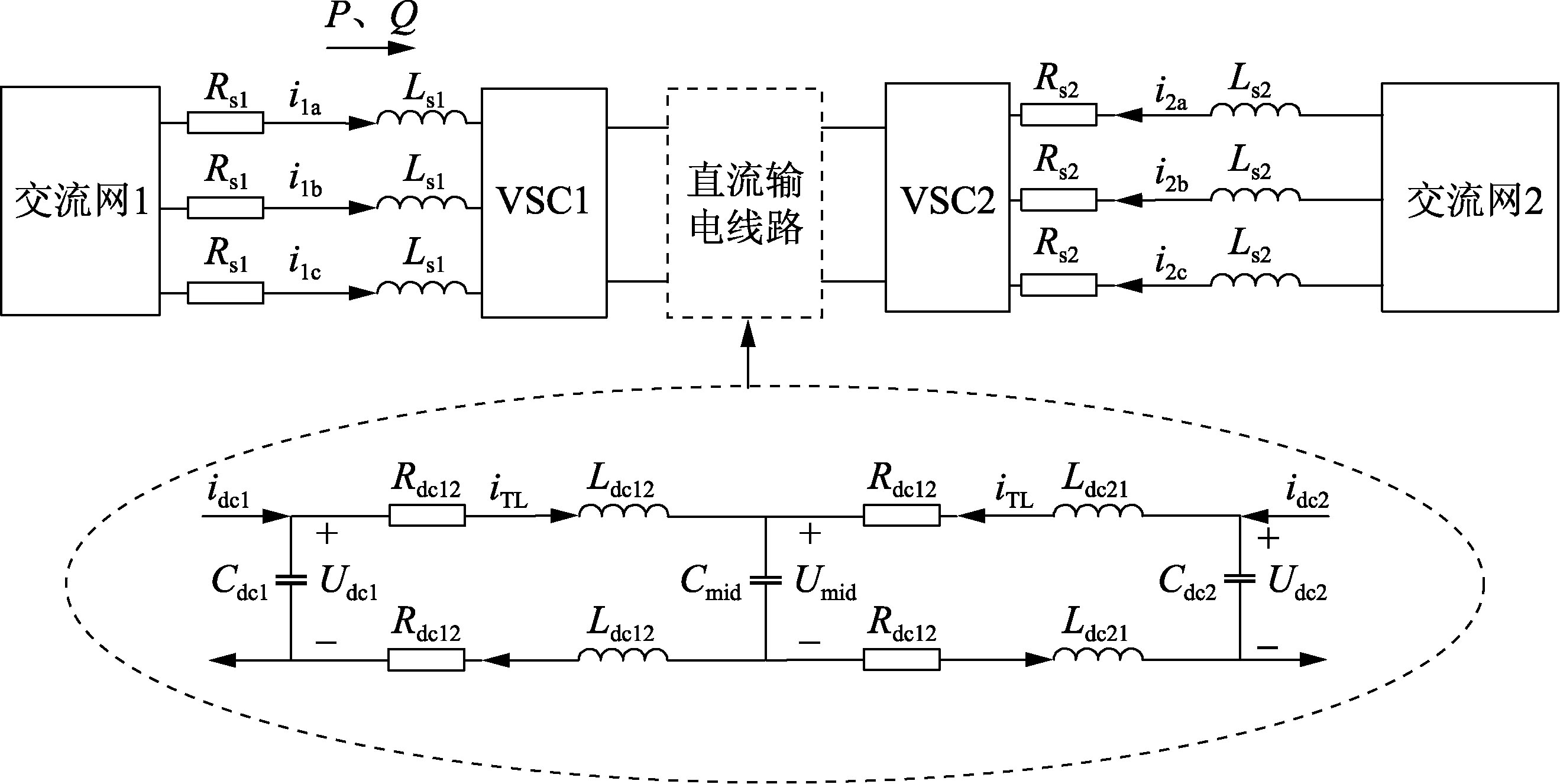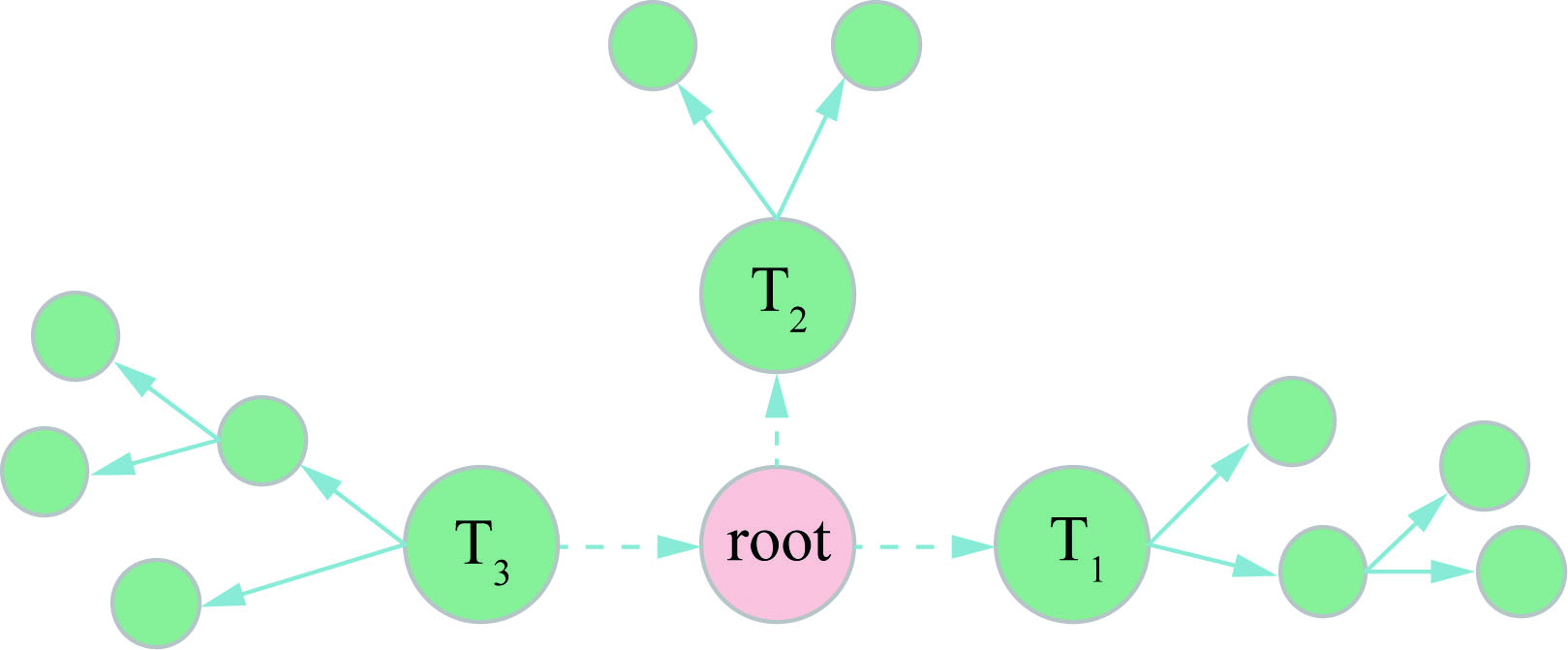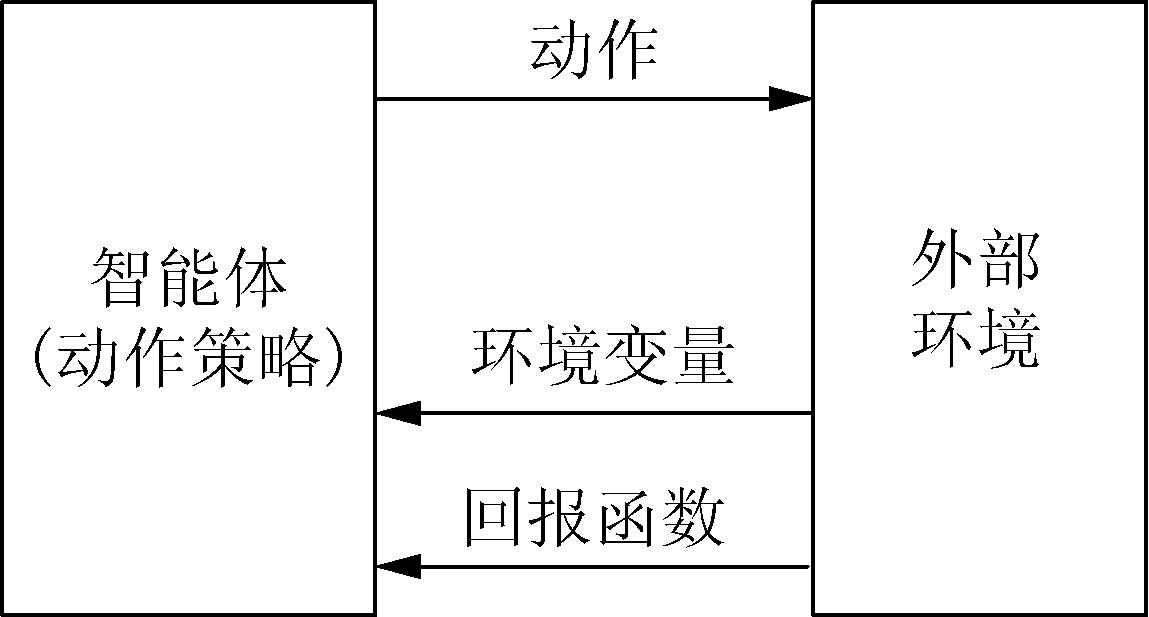WANG Tianlin, GAO Chong, ZHANG Junxiao, CAO Huazhen, OUYANG Sen, YANG Moyuan
In the process of applying AC distribution network planning technology to DC distribution network, it is necessary to consider not only the changes of traditional power supply planning objectives and topology, but also the changes of multi-objective and multiple constraint conditions, as well as the changes caused by the access of a large number of active loads, and the development trend of DC distribution network technology and application. First of all, this paper summarizes the four aspects of power grid planning, including the integration of power grid planning, secondary planning and demand planning. Then the topology of DC distribution network is analyzed, and the topology classification based on bus, structure and connection mode is proposed, and the typical application scenarios of DC distribution network are analyzed. Then, the DC distribution network planning method considering multiple constraints and uncertainties is discussed, including the analysis and summary of uncertain model, strong coupling between planning and operation, and various uncertain factors. The DC distribution network planning considering (quasi) real-time monitoring demand is discussed in two aspects of active management / demand-side management and protection control. Finally, from the technical level, information level and equipment level, the problems to be solved in the DC distribution network planning are sorted out and prospected, which provides reference for the future planning and research of DC distribution network.



